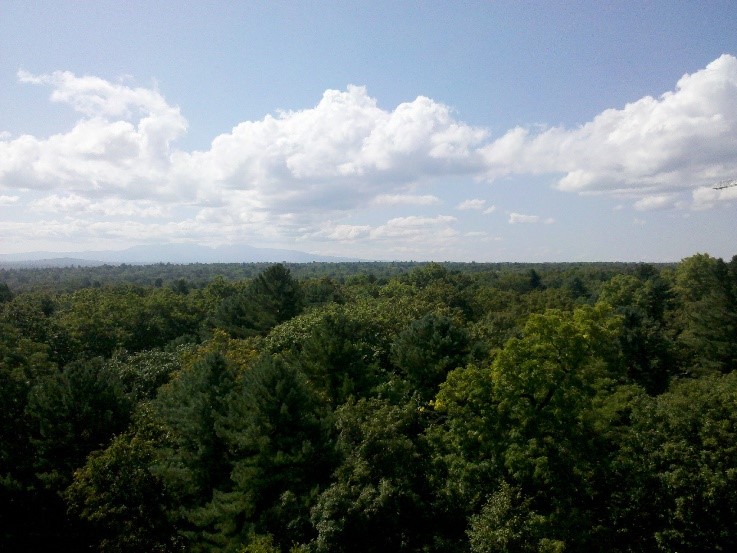
A new study reveals that variations in terrestrial surface wind speed exert a substantial influence on global vegetation productivity, reshaping how land ecosystems absorb and store carbon. The study was recently published in Nature Communications.
Traditionally, the strengthening of the terrestrial carbon sink has been attributed to rising atmospheric CO2 concentrations, climate warming, and nitrogen deposition. However, wind speed—an essential meteorological factor regulating gas exchange, evapotranspiration, and plant water status—has long received little attention. Global surface winds weakened markedly before 2010, showed partial recovery afterward, and are projected to decline again later this century.
Led by Prof. FU Congsheng from the Nanjing Institute of Geography and Limnology of the Chinese Academy of Sciences, a research team integrated reanalysis, satellite, eddy-covariance, and CMIP6 model datasets to evaluate the sensitivity of global ecosystems carbon uptake to wind speed changes from 1983 to 2100.
The study revealed that lower wind speeds increase canopy humidity and soil moisture, reduce vapor pressure deficit, and enhance stomatal conductance—collectively stimulating photosynthesis, even as boundary-layer resistance rises.
Between 1983 and 2010, the observed decline in wind speed contributed approximately 6–8% to the global increase in gross primary productivity (GPP), a figure second only to the CO2 fertilization effect. Grassland ecosystems showed the strongest response: wind speed variations accounted for up to 70% of their productivity gains. Model projections further indicate this sensitivity will strengthen throughout the 21st century, suggesting continued "wind stilling" could boost terrestrial carbon uptake in the future.
"Surface wind speed is not merely a background climate variable but a key regulator of land carbon fluxes," said Dr. WU Haohao, the study's first author.
Neglecting wind speed effects may lead to systematic biases in carbon cycle projections, particularly in grassland ecosystems, the researchers noted.
Other contributors to the research included scientists from France's Laboratory of Climate and Environmental Sciences, Princeton University, Lawrence Berkeley National Laboratory, and Sun Yat-sen University.

Coniferous–Broadleaf Mixed Forests in Northeast China. (Photo by WU Haohao)

86-10-68597521 (day)
86-10-68597289 (night)

52 Sanlihe Rd., Xicheng District,
Beijing, China (100864)

